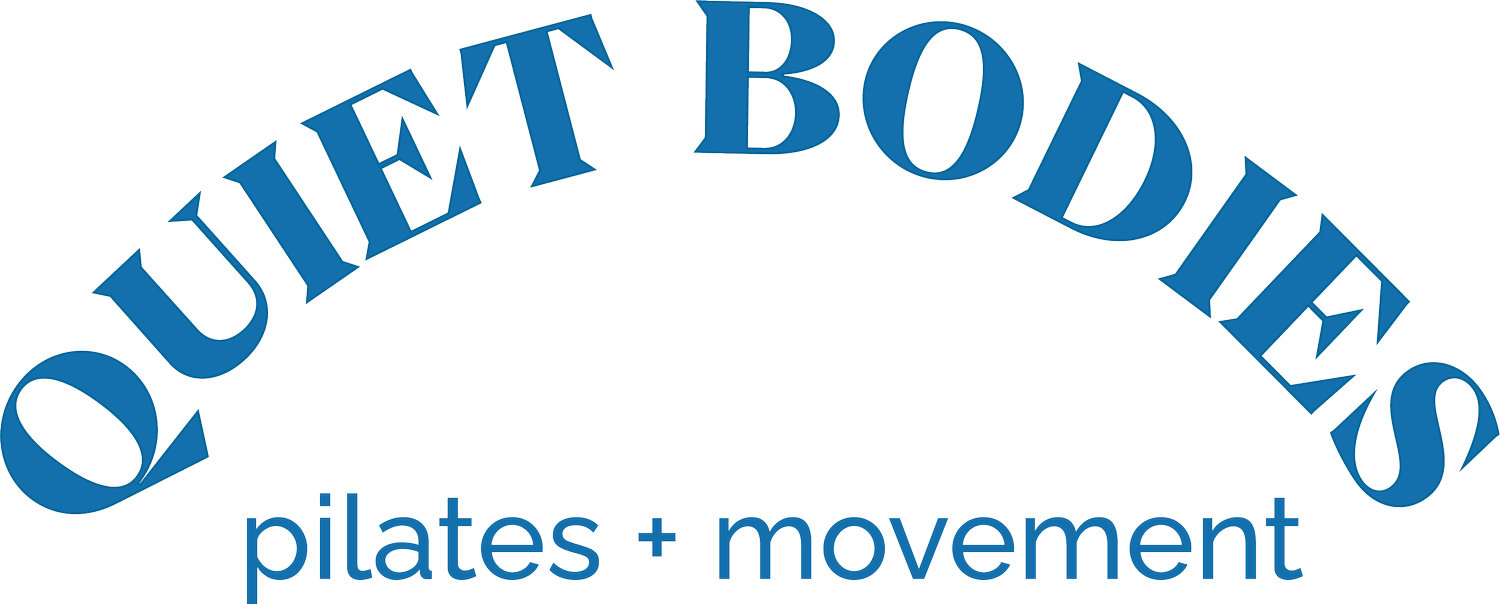Kathleen Stanford Grant (1921-2010)
I cannot take credit for this idea because it came from Sonja Herbert Price, and it is ROCKSTAR. Her newsletter this week wrapped up with a call to action. This call to action was to learn about and share on our social media the legend of Kathleen Stanford Grant. Friends, I was moved to tears, filled to the brim with inspiration, and I wanted to share a bit about her and encourage you to continue the learning.
“You don’t do it physically, you do it mentally. Do it inside. Let your mind direct your body, it’s really really quiet.”
After learning about Kathy, the facts and her timeline alone is impressive. But then I started watching the footage, and I will share some with you below. From the small amount of footage out there, you can tell she has the power and the cunning to make you realize your full potential. She is there to teach you about yourself, make you believe in yourself and will push you to get there. That's the power of Pilates and I believe Kathy has paved the way for many of us to do the same.
Kathleen Stanford Grant was born in Boston in the 1920s and wanted to be a Classical Ballet dancer. Of course, there were no Black Ballerinas back then, and even now, in 2021, it is still not common. Black Ballet dancers are often told they are better suited for Contemporary Dance, not for Ballet. Misty Copeland is an incredible dancer of our time and undoubtedly worth your time googling. Misty was the first Black Ballerina to dance with The American Ballet Theatre. It just goes to show how little our world has changed since the American Civil Rights Movement.
Kathy was the first Black dancer to attend The Boston Conservatory of Music's dance program in 1930. That's huge. Not only is it hard to be a Ballet dancer, to begin with, but Kathy is also fighting against the odds. The odds are Racism. But, this goes to show how extraordinary she was.
It's no secret that if you want to dance in North America, NYC is the place to be. In the 1940's Kathy moved to New York to pursue her professional dance career. Kathy struggled to find work, and it doesn't seem it's because she lacks skill or talent. She danced at Cafe Zanzibar and was in Broadways' first racially segregated show Finian's Rainbow.
Considering the lack of opportunity to work, Kathy went abroad. Kathy explained that she finally feels "free" for the first time. Europe didn't have the same kind of segregation as America, and Kathy got to taste a sense of freedom many Black Americans never had during those times. However, after about five years, she moved back to New York.
Kathy sustained a knee injury in the 1950s and had two unsuccessful surgeries. She couldn't bend her knees in a basic Grande-Plie without bursting into tears. This is where Joe Pilates (that's what she called him) comes in. One day Kathy was taking a ballet class and ran into Pearl Lang, who was a dancer for the Martha Graham Company (my heart swoons.) She told Kathy to stop coming to class and to see Joe Pilates about her knee.
Back then, there was no physiotherapy, so Joe was the guy who helped MANY dancers. And therein lies the innate connection of Pilates and dance.
Well, Joe did fix her knee, she danced again, and she continued to practice and study the Pilates method. In 1964 Kathy was one of the first students to become certified to teach the Pilates Method we know and love today.
There is so much more to Kathy's story. She overcame mountains and paved a path for many Black dancers, and helped pioneer the Pilates Method. Kathy's approach seems practical, specific, and, most of all, individualistic. Kathy is also responsible for the creation of the Dance Theatre of Harlem. I just couldn’t leave that out.
If you want to learn more and, more importantly, see and listen to her, this documentary is a good use of 30 minutes.

